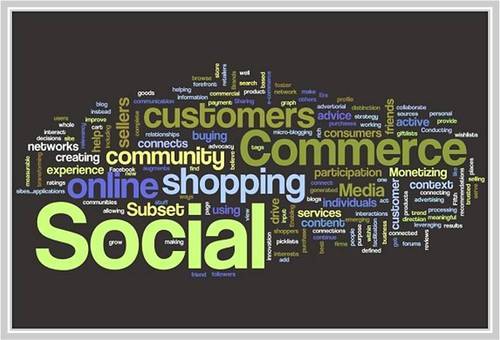According to this story from @GAbramovich at @Digiday, when there’s a tablet laying around, people are unlikely to pay attention to your TV ad. However when watching TV programming on a tablet, they’re glued to it. Why? I actually like the psychological analysis here — people have to hold their tablet, so they’re engaged physically; they focus on their show and don’t engage in apps or games in the background, like they do when they watch using the TV set; and they know exactly what they’re going to watch — there’s intention and engagement here, vs channel surfing on the TV set.
Outstanding, true observation… we are glued to our tablets watching TV shows and ads.
This is obviously why the networks, cable companies and advertisers are flocking to mobile. What’s interesting to us is that there’s a lot of movement on the back end to address the ability to deliver the same quality TV experiences we expect on the first screen (Television) to other connected devices — set top boxes, tablets, phones, cars, you name it — over the Internet.
Dynamic Internet TV delivery across any connected device is a hot topic in the media and a hot commodity for advertisers. Cable companies, network operators and advertisers are all interested in monetizing IPTV and video for mobile. A company called SeaWell Networks is a linchpin in this movement, providing a software platform to help cable companies and other network operators deliver Connected TV and video experiences across mobile devices for our viewing pleasure, while providing dynamic ad insertion capabilities to help personalize engagement with viewers.
All in all — the IPTV and Connected TV markets are heating up – for service providers and advertisers alike. All because of consumer behavior, demands and expectations.
Disclosure: SeaWell Networks is a client.
— Jennifer Schenberg, PenVine


